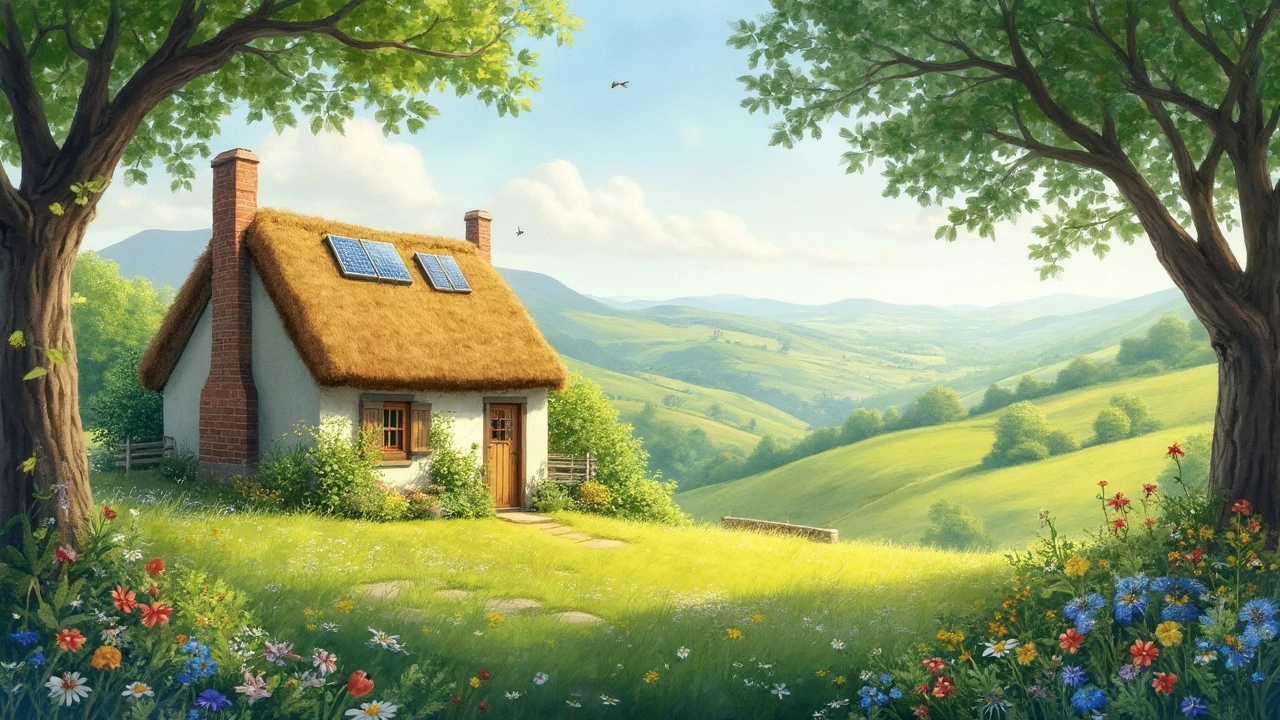Home Building Costs – Simple Guide for Smart Builders
Thinking about building a house? The first thing on most people’s minds is the price tag. It’s easy to feel overwhelmed when you see big numbers on a calculator, but breaking the cost down into bite‑size pieces makes it a lot less scary. Below you’ll get the basics you need to start budgeting, plus a few tricks to keep the total lower without compromising quality.
What Actually Makes Up Building Costs?
Every construction project has three main cost buckets: land, construction work, and finishing touches. Land is often the biggest chunk, especially if you eye a popular area in the UK. For the build itself, you’ll pay for foundation work, walls, roof, plumbing, electrical, and labour. Finishing touches cover things like kitchen appliances, flooring, paint, and landscaping. Knowing which bucket you’re spending most in helps you spot where you can trim the fat.
Another hidden cost is permitting. Planning permission, especially for eco‑friendly homes, can add a few thousand pounds. It’s not optional, so factor it in early. Also, don’t forget contingency – set aside about 10 % of your budget for unexpected hiccups like delayed deliveries or a surprise change in regulations.
How to Keep Costs Down Without Cutting Corners
If you’re looking for budget‑friendly house styles, consider a simple rectangular footprint or a compact cottage layout. These shapes need less foundation work and use materials more efficiently. Posts like "Least Expensive House Styles to Build" and "Eco‑Friendly Building Materials for Sustainable Homes" show that a well‑designed modest home can still feel luxurious.
Choosing the right materials is a game‑changer. Materials such as timber‑frame construction, recycled brick, and insulated concrete forms are often cheaper than premium stone while still delivering good energy performance. Avoiding high‑impact items like virgin plastic insulation can save money and the planet, a point highlighted in our "What Building Materials Are Not Eco‑Friendly?" guide.
Labor costs can be squeezed by doing some tasks yourself, like painting or landscaping, if you have the time and basic skills. Hiring a trusted local contractor for the core structural work keeps the project on track, and you can often negotiate a better rate if you bundle several tasks together.
Finally, timing matters. Building during the off‑season—late autumn or winter—can lower material prices and free up contractor schedules, which often translates into discounts.
By looking at each cost bucket, picking a simple house shape, and opting for smart, eco‑friendly materials, you can keep your home building costs realistic and avoid nasty surprises. Use the tips above as a checklist, and you’ll be one step closer to turning your dream house into a solid plan that fits your wallet.
Least Expensive State to Build an Eco-Friendly Cottage
Building a cost-effective eco-friendly cottage requires choosing the right location. This article uncovers the least expensive state to build a house, focusing on eco-friendly options. Explore how factors like land prices, building codes, and local resources impact your budget. Discover tips for sustainable living and maximizing efficiency in construction. Explore real insights to make informed decisions for your dream green home.
